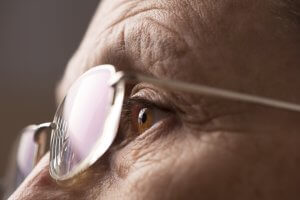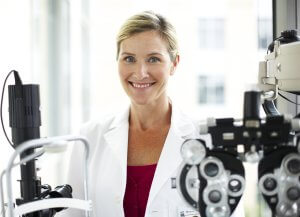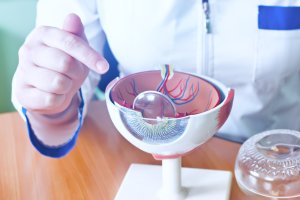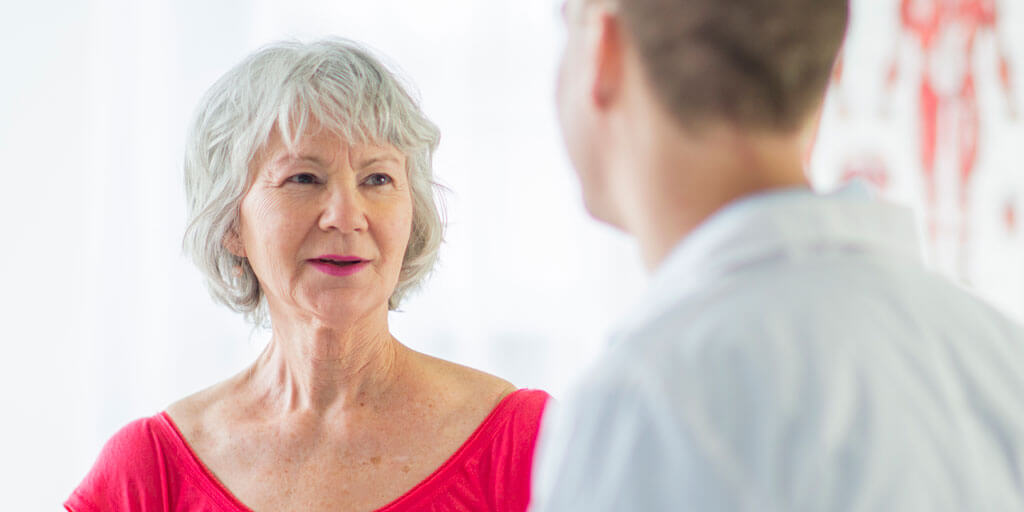
What are Corneal Dystrophies?

Will I need reading glasses after LASIK and PRK?

What is Exotropia? And what do I need to know?
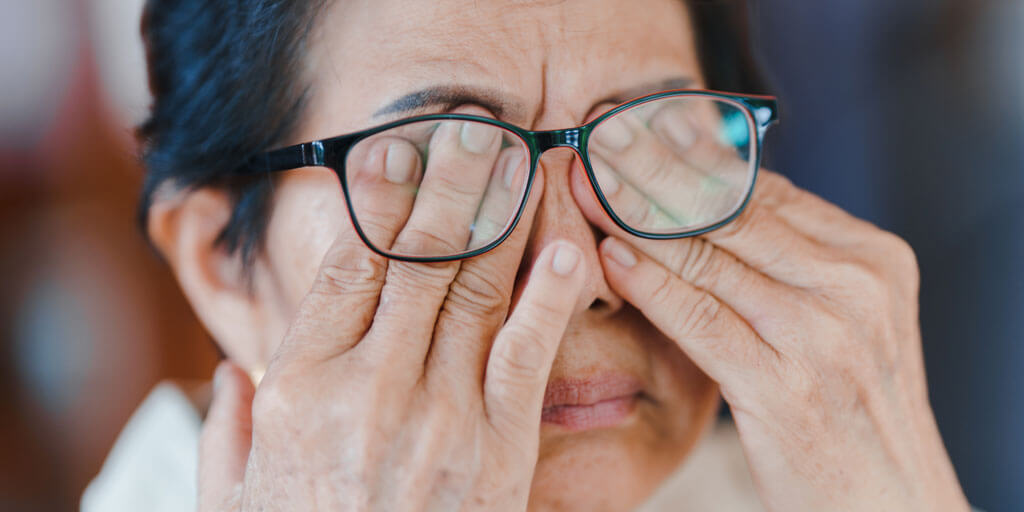
Eyelid spasms and facial spasms
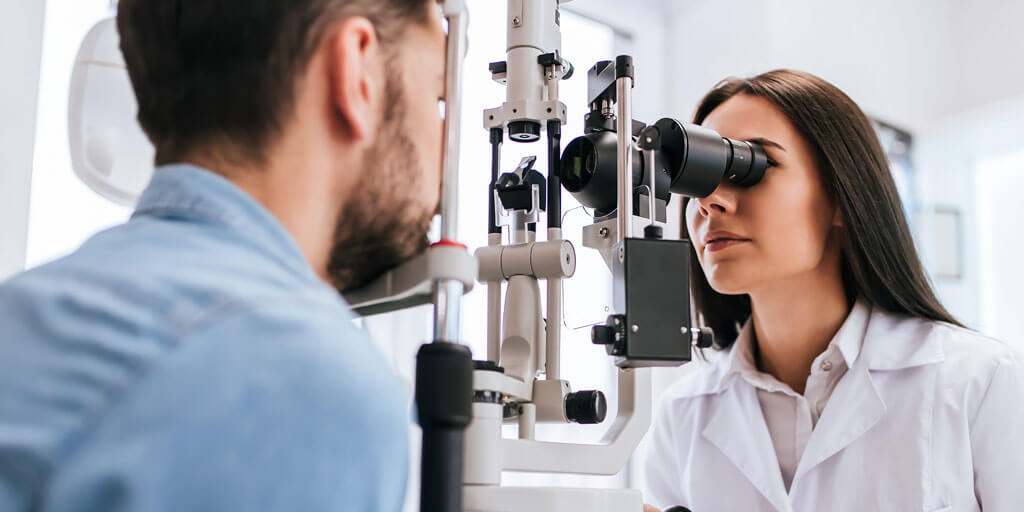
How is glaucoma detected?

What are my treatment options for diabetic eye disease?
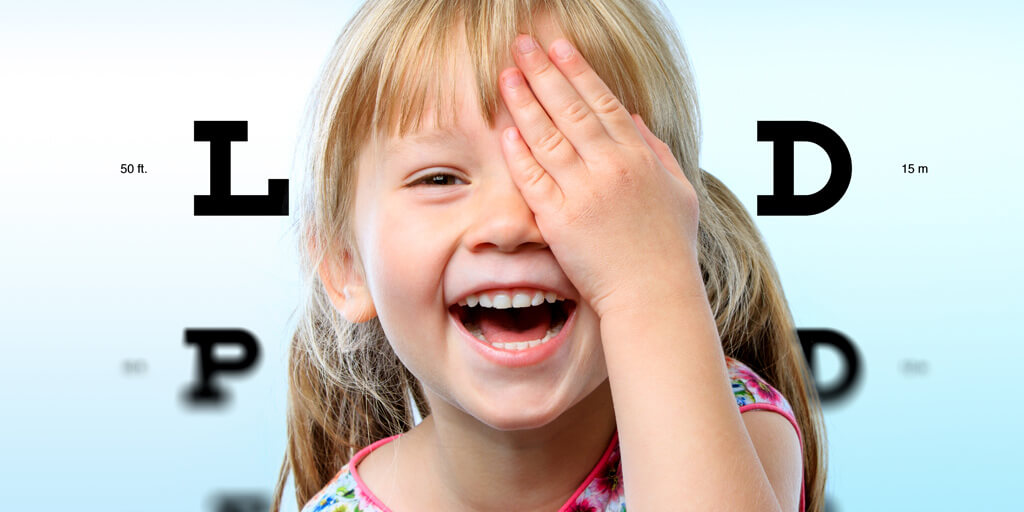
Symptoms & Treatment for Convergence Insufficiency & Amblyopia

Who is at risk for age-related cataracts?

Can I get Dry AMD in just one eye?
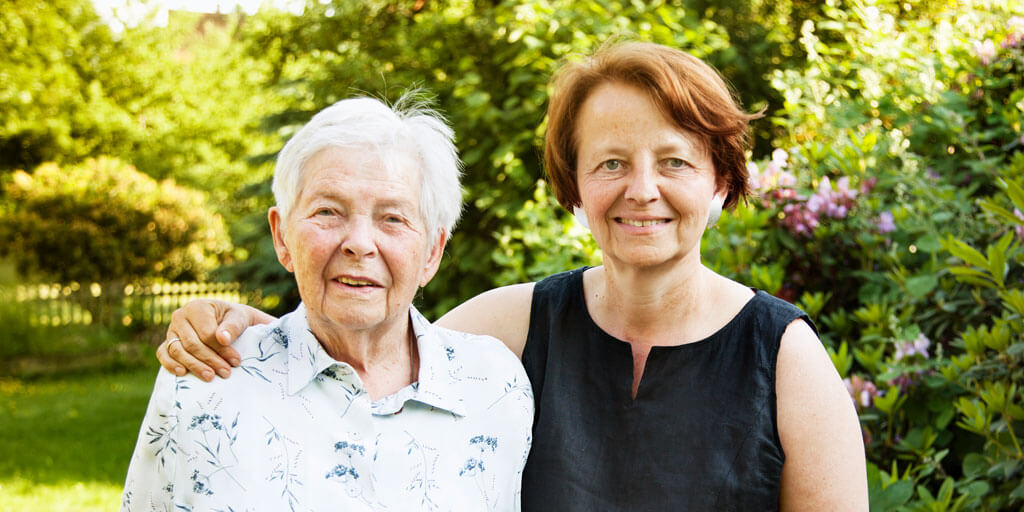
Can advanced AMD (Age-Related Macular Degeneration) be either the dry form or the wet form?

What happens to our eyes as we age?

